WHO Releases Benchmarks for the Intake of Sodium in Food
By Nmami Life Editorial 06-May 2021 Reading Time: 5 Mins

Salt is one of the most extensively used ingredients in the pantry and is well known to add taste to the dishes. Salt is known as the universal flavour enhancer and therefore it can complement almost every dish. However, high sodium intake can increase the risk of various health complications like hypertension, increased water retention, weaken bones and can also take you close to cardiovascular diseases. Recently, WHO supports this statement by putting forth the statistics “An estimated 11 million deaths globally are associated with poor diet each year, including 3 million attributable to high sodium intake.”
The Take of WHO on Sodium
As per WHO, the consumption of excessive salt is associated with potentially fatal heart diseases and strokes and therefore the World Health Organisation on Wednesday issued fresh guidelines to limit the sodium content in food. “In many wealthy countries, and increasingly in lower-income nations, a significant proportion of sodium in the diet comes from manufactured foods such as bread, cereal, processed meats and dairy products including cheese, the WHO said.”
Sodium is a mineral that assists in regulating the water content in the body. WHO said that a lot of people are consuming double quantities of salt and are not abiding by the WHO-recommended 5g of daily salt intake. A new set of benchmarks is a significant step to assist countries to reduce the content of sodium in the food. The new WHO benchmarks targets more than 60 food and drinks categories and is a guide to assist countries and health authorities to limit the content of sodium in the diverse categories of processed foods. As per the benchmarks, potato crisps should contain a maximum of 500 mg of sodium per 100g serving, pies and pastries up to 120 mg and processed meats up to 360mgs.
Why Global Benchmarks?
Puzzlingly, a lot of processed foods from the same category often consist of different quantities of sodium in different countries. These synchronised global benchmarks will assist the countries in lowering the salt content in their food items keeping a check of their local food environments and encourage the food industry as well as people to consume lesser salt, taking us close towards the WHO goal of 30% reduction in global salt/sodium intake by 2025.
As per the WHO, the daily recommended amount of salt is less than 5 grams (or less than 2 grams) but a lot of people are quite not aware of the same and unfortunately, they end up consuming double quantities in a day that can take a toll on the obesity, chronic kidney disease and gastric cancer.
Effective tips to reduce salt intake:
- Cook your own meals at home.
- Ditch the readymade food, processed meat, and packaged food as they are rich in excess salt.
- Make sure to read the labels before buying any food items.
- Don’t rely on sauces, dips, and salsas as they have high levels of sodium in it. Make your own dips at home.
- Swap salt from natural herbs and spices like onion, garlic, coriander, black pepper, ginger and herbs to cook your meals.
Footnote
Take care of the salt quantities you are consuming in a day as it can easily disturb your health while taking you close to various health complexities. Make sure to go through the WHO Sodium benchmarks before buying processed food items. Do rely on natural herbs more to reduce the content of salt in your food.
0 thoughts on “WHO Releases Benchmarks for the Intake of Sodium in Food”
Leave a Reply
Your email address will not be published. Required fields are marked *

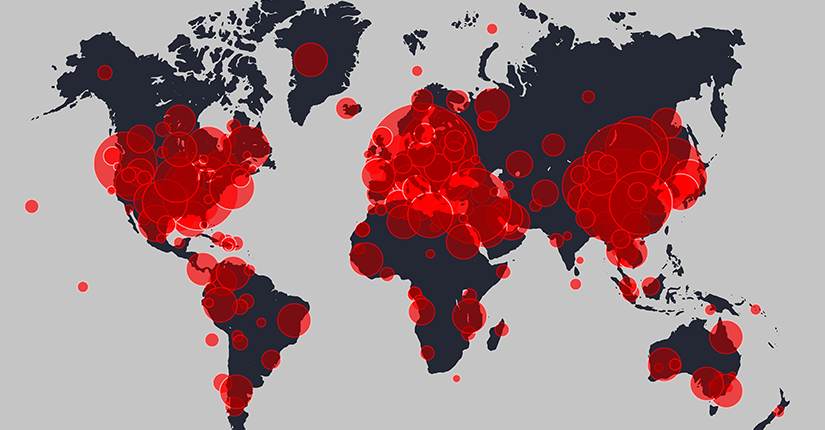
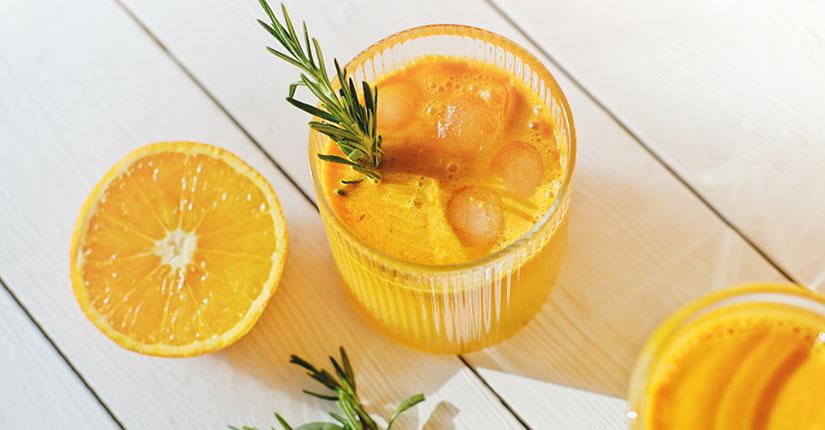

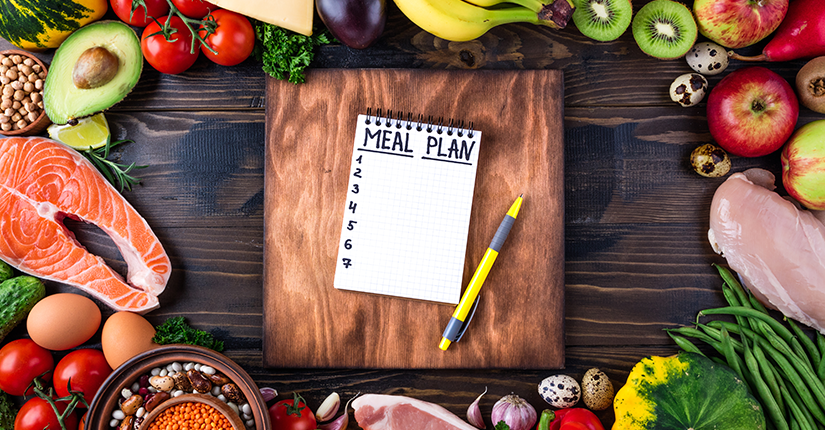



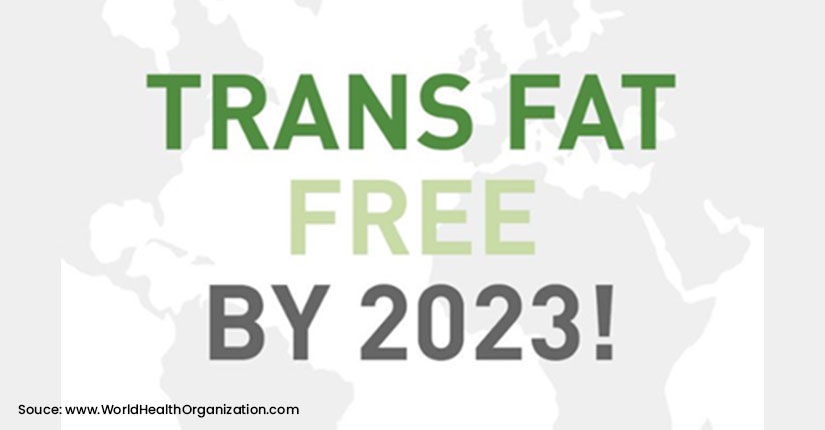

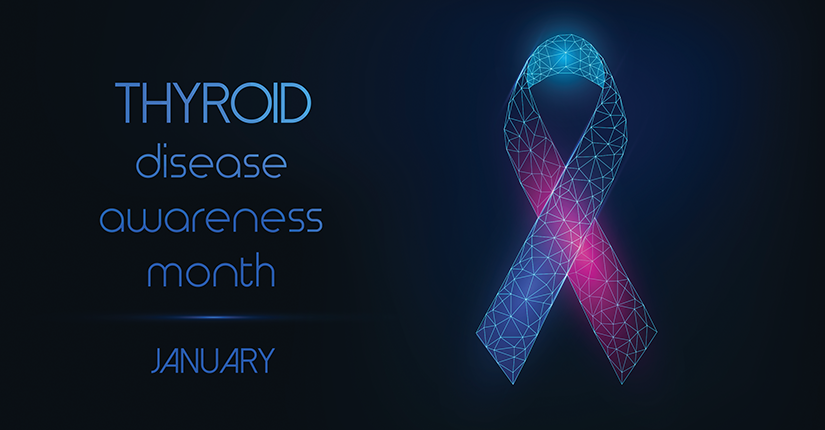
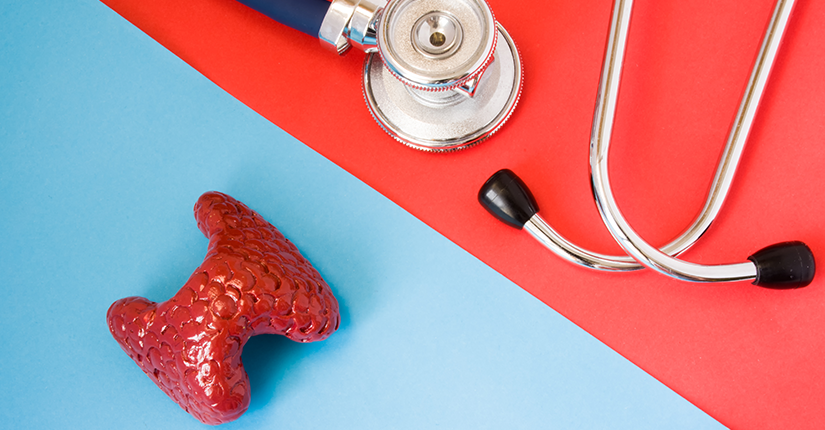
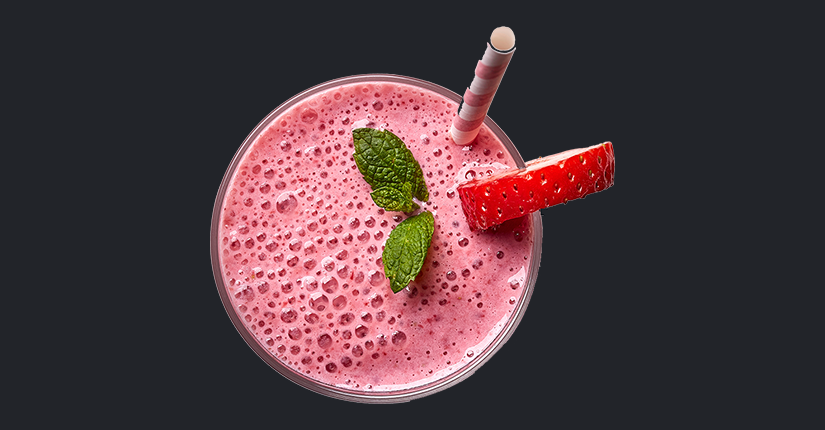
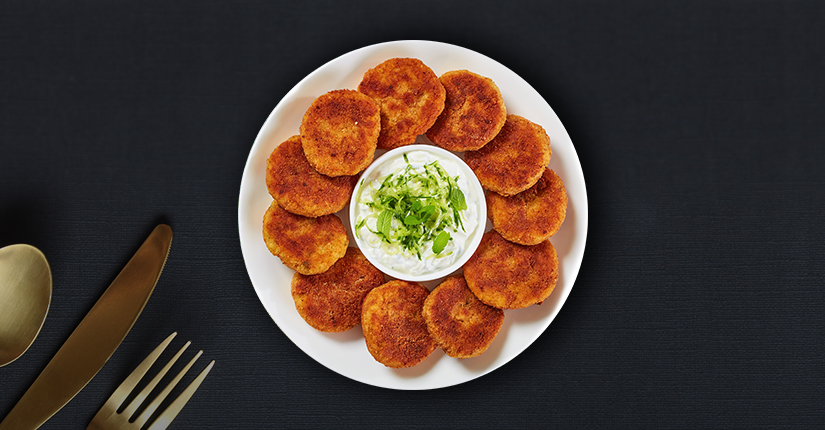


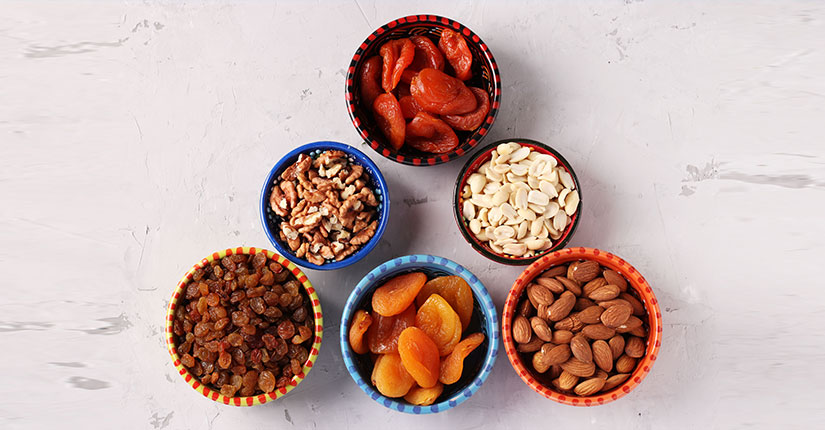
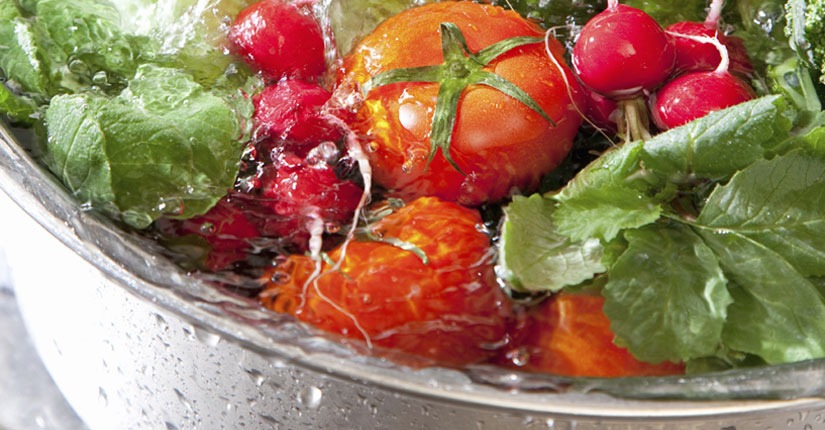
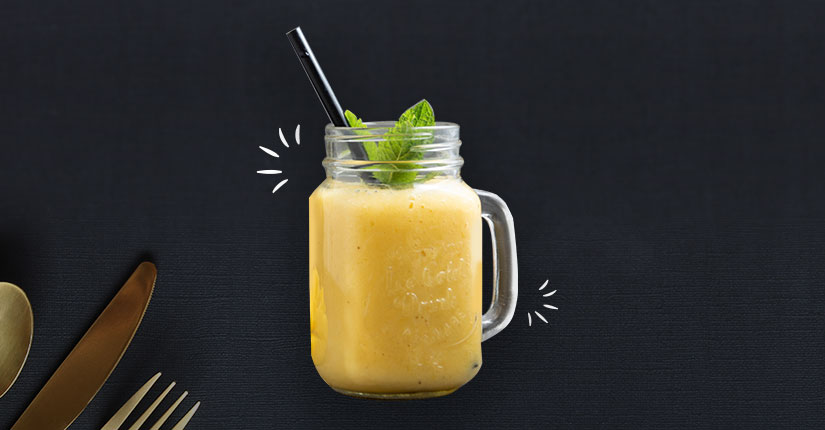
Saved as a favorite, I like your website!